

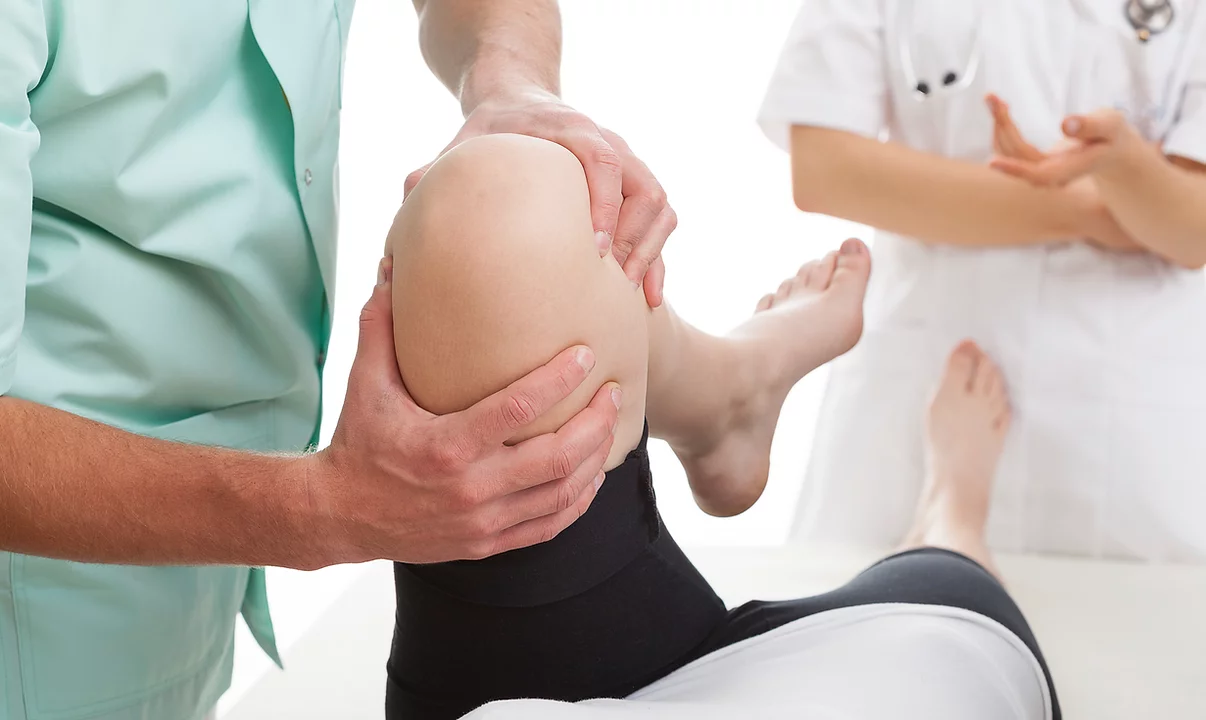
Physiotherapists focus on both prevention and rehabilitation. Treatment can be for problems caused by injury, disease or disability. Here are some examples:

Osteopathy is a drug-free, non-invasive manual therapy that aims to improve health across all body systems by manipulating and strengthening the musculoskeletal framework. An osteopathic physician will focus on the joints, muscles, and spine. Treatment aims to positively affect the body’s nervous, circulatory, and lymphatic systems.

A chiropractor is a health care professional focused on the diagnosis and treatment of neuromuscular disorders, with an emphasis on treatment through manual adjustment and/or manipulation of the spine. Most chiropractors seek to reduce pain and improve the functionality of patients as well as to educate them on how they can account for their own health via exercise, ergonomics and other therapies to treat back pain.
The treatment concept of chiropractic is to re-establish normal spinal mobility, which in turn alleviates the irritation to the spinal nerve and/or re-establishes altered reflexes.
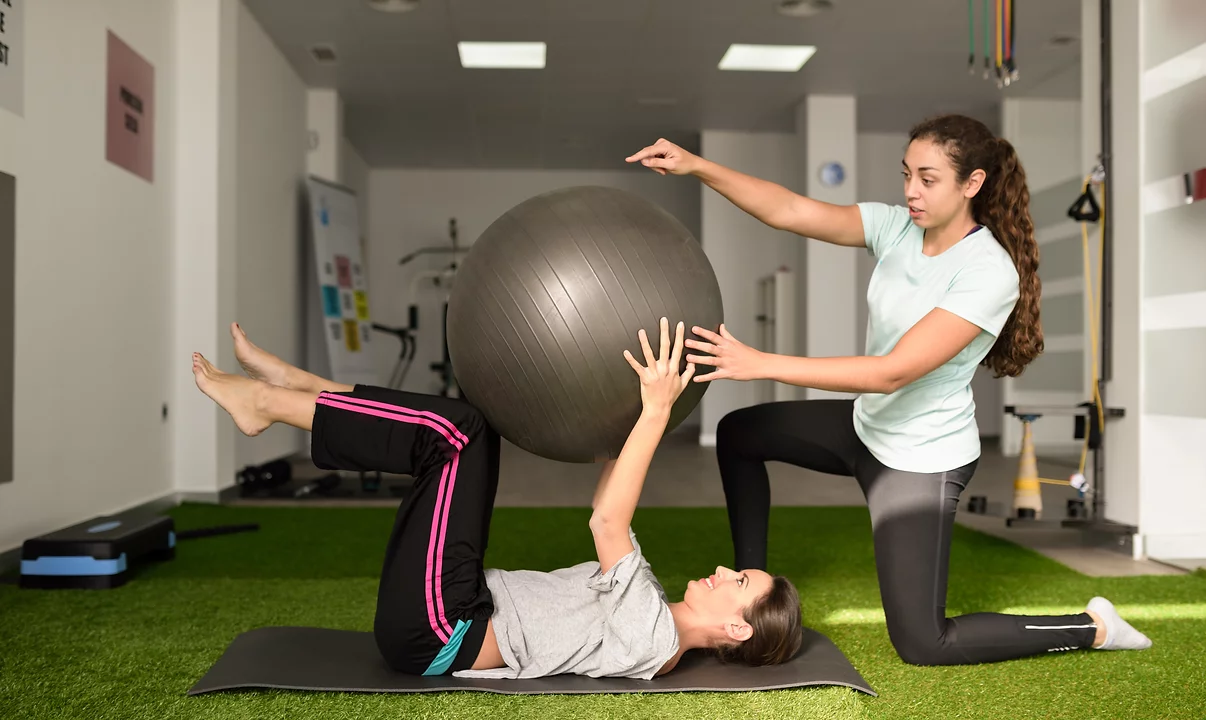
The primary goals of stroke management are to reduce brain injury and promote maximum patient recovery. Rapid detection and appropriate emergency medical care are essential for optimizing health outcomes.
Sports Rehabilitation is the process of deciding when an injured player may safely return to practice or competition. Injuries can occur in any sporting activity, and sports injury rehabilitation is a very important part of the athletes sport life. All athletes over time, professional or not, are prone to injuries due to the excessive wear and tear associated with the demands of competitive sport.
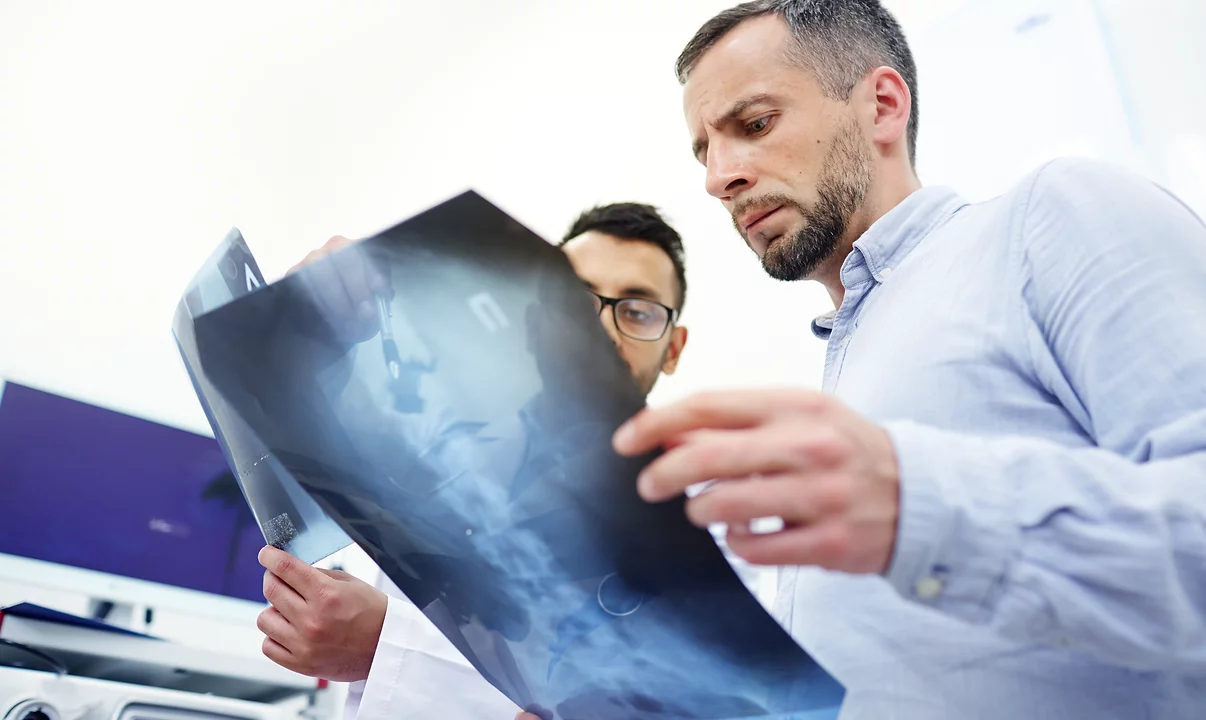
The spinal cord is very sensitive to injury. Unlike other parts of your body, the spinal cord does not have the ability to repair itself if it is damaged. A spinal cord injury occurs when there is damage to the spinal cord either from trauma, loss of its normal blood supply, or compression from tumor or infection.
Spinal Cord Injury (SCI) treatment and rehabilitation focuses on intensively working with patients physically and psychologically, so that in a short period of time they can maximize their neurological recovery and general health. We educate SCI patients about all aspects of their injury and long term care. We want patients to return home as independent and productive as possible, prepared to resume their lives.

Posture is the position in which you hold your body while standing, sitting or lying down. Good posture involves training your body to stand, walk, sit and lie so as to place the least strain on muscles and ligaments while you are moving or performing weight-bearing activities.
The key to good posture is the position of the spine. The spine has three natural curves - at your neck, mid/upper back, and lower back. Correct posture should maintain these curves, but not increase them. Your head should be above your shoulders, and the top of your shoulder should be over the hips.
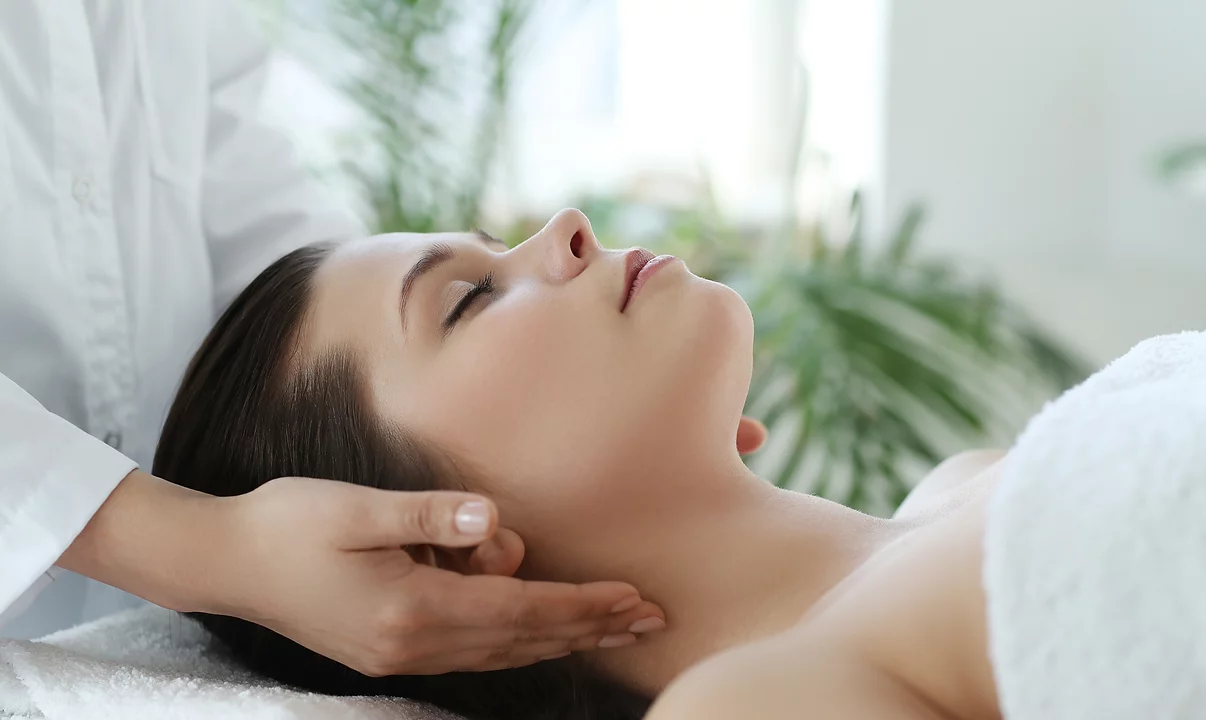
Craniosacral therapy is a form of bodywork or alternative therapy that uses gentle touch to palpate the synarthrodial joints of the cranium. It is based on fundamental misconceptions about the physiology of the human skull and is promoted as a cure-all for a variety of health conditions.
Craniosacral therapy is an alternative treatment typically used by osteopaths, chiropractors, and massage therapists. It claims to use a gentle touch to manipulate the joints in the cranium or skull, parts of the pelvis, and the spine to treat disease.
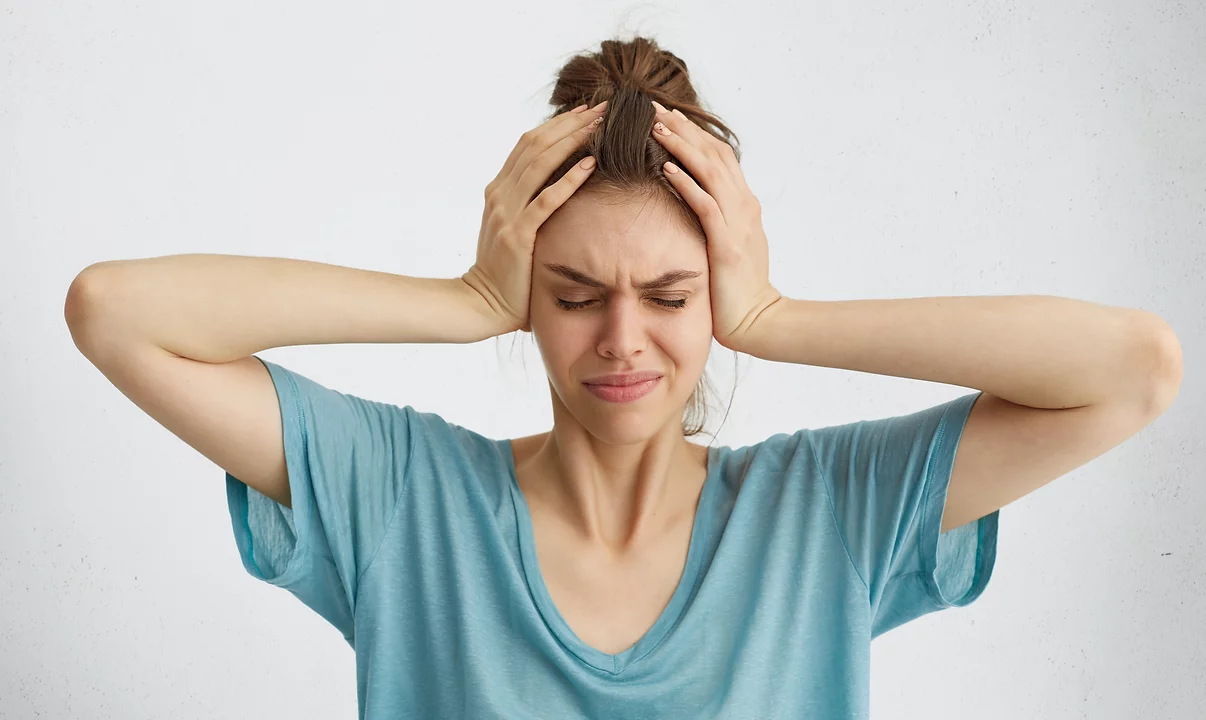
Migraine is a neurological condition that can cause multiple symptoms. It's frequently characterized by intense, debilitating headaches. Symptoms may include nausea, vomiting, difficulty speaking, numbness or tingling, and sensitivity to light and sound. Migraines often run in families and affect all ages. A headache of varying intensity, often accompanied by nausea and sensitivity to light and sound.
Migraine headaches are sometimes preceded by warning symptoms. Triggers include hormonal changes, certain food and drink, stress and exercise. Migraine headaches can cause throbbing in one particular area that can vary in intensity. Nausea and sensitivity to light and sound are also common symptoms.
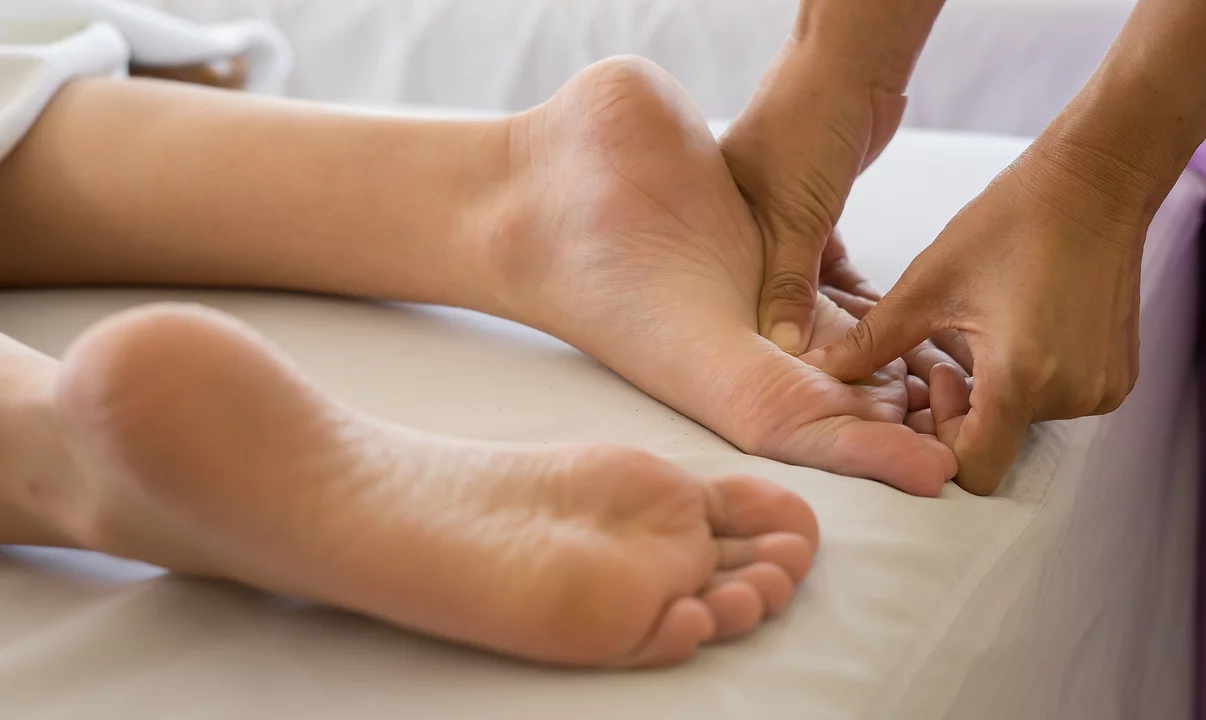
Reflexology is a type of massage that involves applying different amounts of pressure to the feet, hands, and ears. It's based on a theory that these body parts are connected to certain organs and body systems. People who practice this technique are called reflexologists.
Reflexology, also known as zone therapy, is an alternative medical practice involving the application of pressure to specific points on the feet and hands. This is done using specific thumb, finger, and hand massage techniques without the use of oil or lotion.

